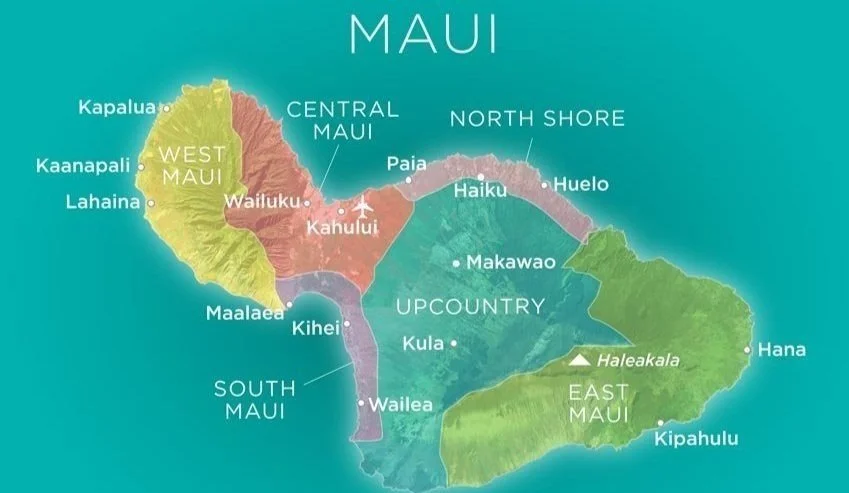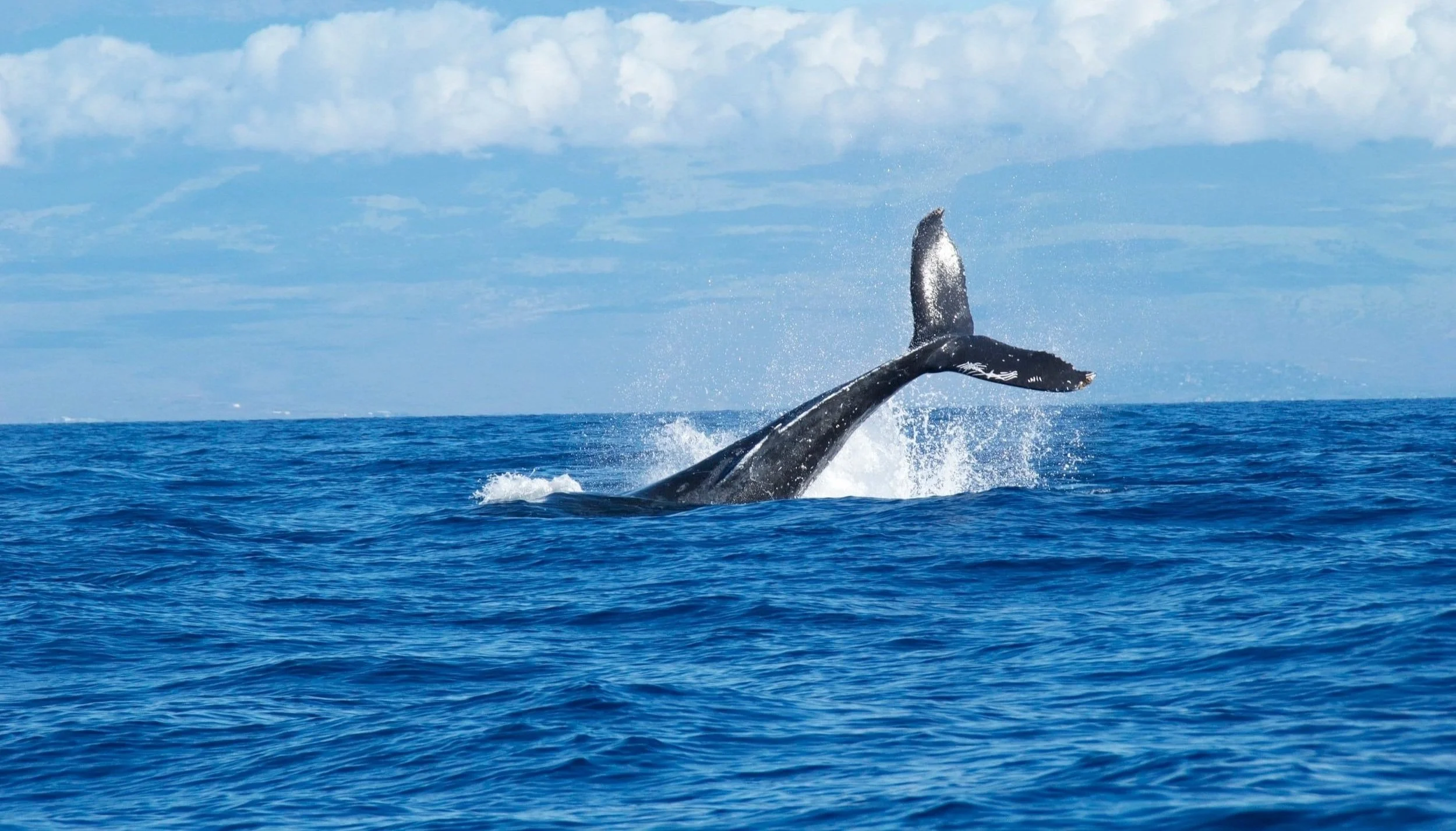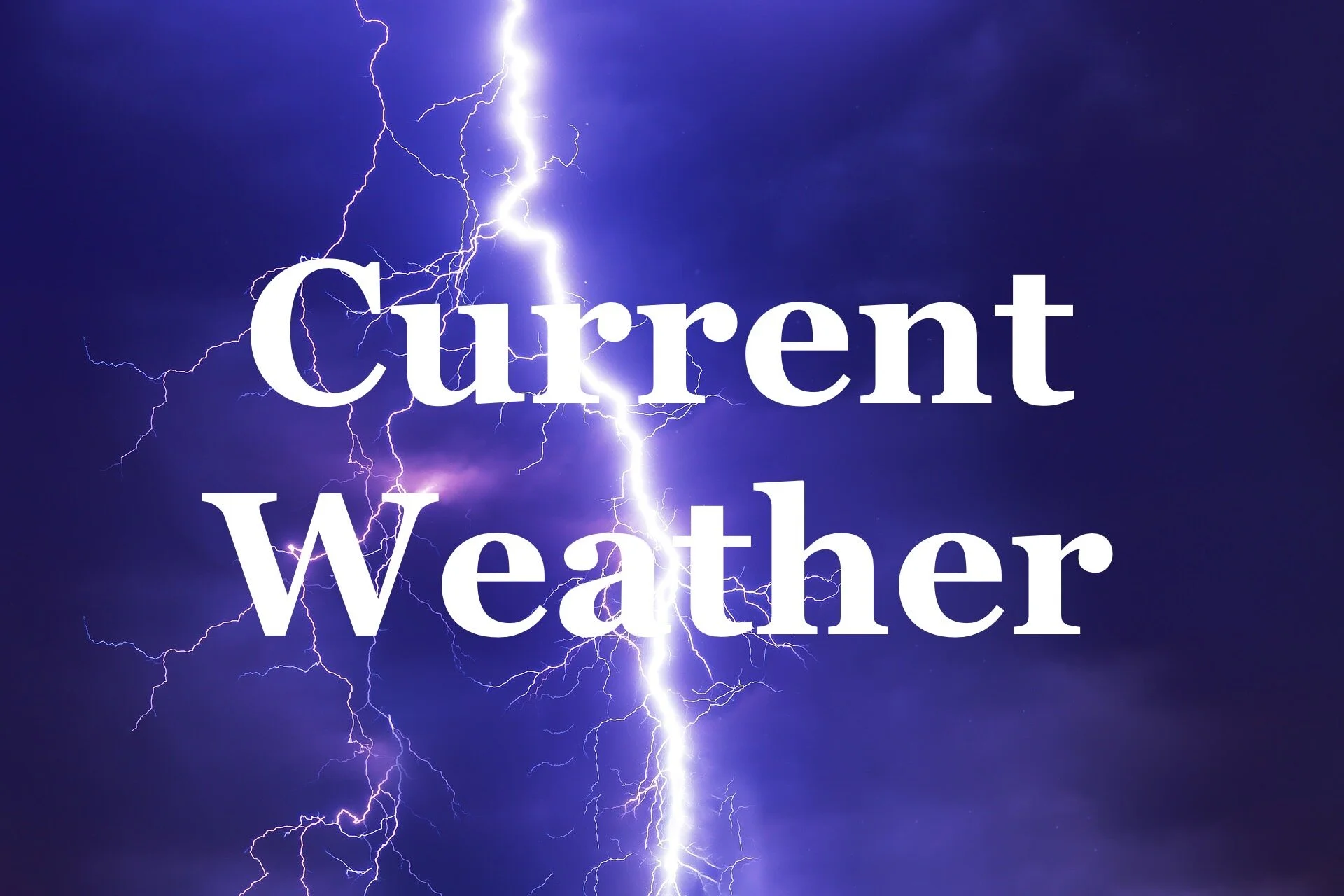
MAUI 5 days
This itinerary highlights the best of Maui — including its iconic beaches (Kāʻanapali and Wailea), Haleakalā National Park, and the legendary Road to Hāna. Horseback riding and a thrilling biking adventure down Haleakalā are also offered.
Maui - The Valley Isle, is Hawaii’s second-largest island. It’s famous for beautiful beaches, the ʻĪao Valley, whale watching (December to March), local food, and amazing sunrises and sunsets at Haleakalā. For over 20 years, readers of Condé Nast Traveler have named Maui the Best Island in the U.S.
<<As of February 2025, Lahaina continues its recovery from the devastating wildfires of August 2023. While significant progress has been made, certain areas remain closed to the public. However, several restaurants, businesses, and activities in Lahaina have reopened and are welcoming visitors>>
Tips:
Visit during the winter season if you’re interested in seeing humpback whales – January to March are the best months.
Visit in the off season to save money – In the spring (April and May) and autumn (September to mid-November), the islands are less crowded, prices are lower, and the weather is generally good.
Book your accommodation well in advance.
Fly in and out of different islands – Maximize your time on the islands by flying into one island and out of another.
Sign up for the Snorkel Report on Maui, and receive a daily email with tips on the best beaches to visit that day.
You can rent inexpensive snorkeling and beach gear. Local vendors are everywhere.
DAY 1
Arrive at Kahului airport and transfer to your hotel or condo.
🚗 Renting a car is the most convenient way of seeing the island.
-
Advantages of a Hawaii Condo vacation rental:
A better value for money spent, especially when family and friends share a condo.
Dining in Hawaii is very expensive. Kitchens can significantly reduce meal costs and a washer/dryer comes in handy.
Kid friendly environment with more space to play.
There are lots of condos to choose from. Many are within walking distance to the beach & shops in resort areas.
Each condo is custom furnished differently.
Tips for a Hawaii Condo vacation rental:
There are excellent vacation rental companies as well as excellent individual owners who rent their units directly.
Plus check out VRBO and Airbnb. There are many condos in a resort atmosphere.
Check for fees pertaining to cleaning, security deposit, resort fees, damage waiver. Fees can vary significantly with different condos.
This can be especially troublesome for shorter stays.
Generally, there is no daily housekeeping. It may be offered if desired but at a daily fee.
Consider trip insurance for prepaid, non-refundable costs.
Advantages of Hawaii hotels:
Great for short stays and late arrivals.
Rooms vary by size but theme, furnishings and decor are consistent.
Brands offer even more of a homogenized experience.
You get daily housekeeping.
Generally no security deposit or cleaning fees.
Room service, on-site concierge, restaurant and other facilities, depending on property.
Tips related to a Hawaii hotel:
Check terms carefully. You may still find fees that are hidden until you’re near the end of the reservation process.
Check whether there is a daily resort fee.
Consider trip insurance for any pre-paid, non-refundable costs.
Check for other amenities. free WiFi, breakfast and exercise room.
When staying at chains, check booking via their loyalty program. You’ll often either pay less or have better terms.
Try checking in later in the day for best upgrade chances.
-
There are three (3) major grocery store chains in Maui, plus Costco, Whole Foods, and a couple of smaller chains.
Safeway has four large 24-hour Maui grocery stores.
One Safeway Maui is at the Piilani Shopping Center at 277 Piikea in Kihei.
One is at the Lahaina Cannery Mall at 1221 Honoapiilani Highway in Lahaina.
Two are in Kahului, one behind the Maui Mall at 170 East Kamehameha, and one at 58 Maui Lani Parkway across from Baldwin High School.
Foodland has four large Maui grocery stores.
The Kihei location of Foodland Maui is open 24 hours, while the others are from 6 AM to 11 or 12 at night.
One is at 1881 South Kihei Road in Kihei.
The second is in the Old Lahaina Center at 878 Front Street in Lahaina.
The third is at 90 Kane in Kahului.
The fourth is at 55 Pukalani Street in Pukalani. They also have a more upscale Foodland Farms in the Lahaina Gateway center at 345 Keawe.
Times has two supermarkets on Maui, open from 5 AM to 1 or 2 AM.
One of their Maui grocery stores is at 1310 South Kihei Road in Kihei. T
The 2nd store is at 3350 Lower Honoapiilani Road in Honokowai (just north of Kaanapali).
Costco (open 10 AM to 8:30 PM) is at 540 Haleakala Highway, near the airport, in Kahului.
Whole Foods (8 AM to 9 PM) is in the Maui Mall at 70 Kaahumanu in Kahului.
Where to stay:
The West Maui region remains one of the most popular destinations to stay on Maui. Here you’ll find the whaling village of Lahaina and the Kaanapali resort area stretching along the coastline.
The South Region of Maui, includes the towns of Kihei and Wailea. Here the beaches are less crowded.
Weather: The climate here is drier than in West Maui, translating to more sun and less rain during your vacation.
Wailea is a fantastic place to stay; it’s incredibly upscale - but there’s not much else to do there.
Staying in the south region translates to more of a long drive to reach the island’s most popular destinations like Haleakala and the Road to Hana.
Destination Maui Vacations-is a leading vacation rental outfit.
Maui Revealed Guidebooks - a “must get” travel guide. Best Seller!
DAYS 2-4
🏖️ Best beaches of Maui:
Beach Bucket list (detailed information) - make an effort to go to a few.
Kaanapali beach - one of Maui's most popular strips of coastline is immediately north of Lahaina.
Kaanapali beach stretches across 3-miles along the island's northwest coast.
Wailea beach - Wailea feels much less rugged than some of Maui's other beaches.
The orange brown colored sand is lined by palm trees and a paved walkway connecting the shoreline to the area's hotels, shops and restaurants. —Great location.
Enjoy a sunset cruise.
Haleakala National Park - towering over the island of Maui and visible from just about any point, Haleakala Crater is a force of nature in every way.
At 10,023 feet high, this sleep volcano shows stunning views. (Be aware,At this height, the air has less oxygen. Hiking will be harder, and you'll tire faster.)
Sliding Sands Trails - trail starts at the bulletin board by the entrance to the Haleakala Visitor Center parking lot.
GPS coordinates: 20°42'52.9"N 156°15'01.2"WJust doing part of the trail is worth it ! The Martian-like scenery makes this trail very unique.
For a pleasant half-day hike (and yet still moderately strenuous), we recommend the first 2.5 miles of the Sliding Sands trail leading to the Ka Lu'u o ka O'o cinder cone before turning around and taking the trail back out. Best hike on island!
Bring layers of clothing. The temperatures at Haleakala summit are cold (32°F to 55°F) and windy especially at sunrise. Bring hat and gloves as the weather can change very quickly. <Read more>
There is now a permit lottery system for access to popular sunrise viewing. Even if you’re just hiking and not viewing the sunrise, you still need a permit to access the park before 7am.
Upcountry Maui - Vegetable and protea farms, lodges, galleries, and Kula Botanical Gardens. Makawao town is cowboy country, with boutiques, shops, and restaurants to visit after a busy day at Haleakala N. P.
Horseback riding - Maui Mountain Activities LLC and Circle M Ranch offer rides.
Bike down Haleakala. - You drop 3,000 ft. in 10 miles and curve around 29 switchbacks.
Stop often and enjoy the incredible vistas of west Maui surrounded by the Pacific.
-Lahaina ---> Haleakala Park, 2 hrs.
-Wailea / Kihei ---> Haleakala Park, 90 min.
-Wailea/ Kihei ---> Lahaina, 45 min.
-Wailea or Lahaina ---> Hana, 2.5 hrs.
DAY 5
Journey on the winding scenic Hana Highway.
The Hana region consist of lush coastline, waterfalls, and vast rainforest.
Hana is a small town, quiet and beautiful.
It is considered "Authentic Hawaii" by virtue of remaining unchanged relative to the rest of Hawaii's development.
Red Beach (Kaihalulu Beach) - in Hana, the trailhead is near the cliff edge of the shoreline at the end of Uakea Road. <map>
Beyond the town of Hāna, the Hāna Highway becomes Hawaii State Road 330 and leads to the ʻOheʻo Gulch where the Seven Sacred Pools are located.
Don’t swim if you have open cuts. Bacteria causing the Leptospirosis disease are present in Hawaiian streams. Open cuts and wounds are an easy way for it to enter your body.
Driving to Hana is easier on Tuesdays, Wednesdays, or Thursdays because there's less traffic. Leaving at 7 or 8 am gives you plenty of time to drive and visit a few stops.
Driving time: Wailea or Lahaina ---> Hana, 2.5 to 3 hrs.
Adding a extra day….Is it worth staying overnight in Hana Maui?
Yes—For peace, natural beauty, and fewer people, stay overnight. Hāna is quiet, real, and away from the busy city.
The Back Road
If you like the road less traveled, continue on past Hana around Haleakala, an adventure worth taking. In about the same amount of time as it would take you to return the way you came, you can see a spectacular back side of Maui many visitors miss. The road is unpaved but well-graded dirt for five (5) miles, and at no point is a 4WD needed. <route>
The trip will pass through different climate zones, changing from the green jungle of Kipahulu to ranches, dry grasslands, lava fields, and then back to the green cloud forest. <Learn more>
DAY 6
Depart Maui for your flight home or hop to another Hawaiian Island.
Average cost:
(EXCLUDING AIRFARE)
$$$ USD for two (2) people
Budget: $1,600
Moderate: $2,400
Luxury: $3,200 +
🌤️ Climate Guide:
On average, the temperatures are always high...80's during the day, 60's at night.
Most rainfall (rainy season) is seen in December and January.
Maui has dry periods June through September.
The warmest months are June, July and August.
The coolest months are December through February.
In general, the rainfall is greater in the Windward side of islands.
The rainy season does NOT impose a real issue to visit the Hawaiian Islands.
Maui Photo Gallery
🎥 Video




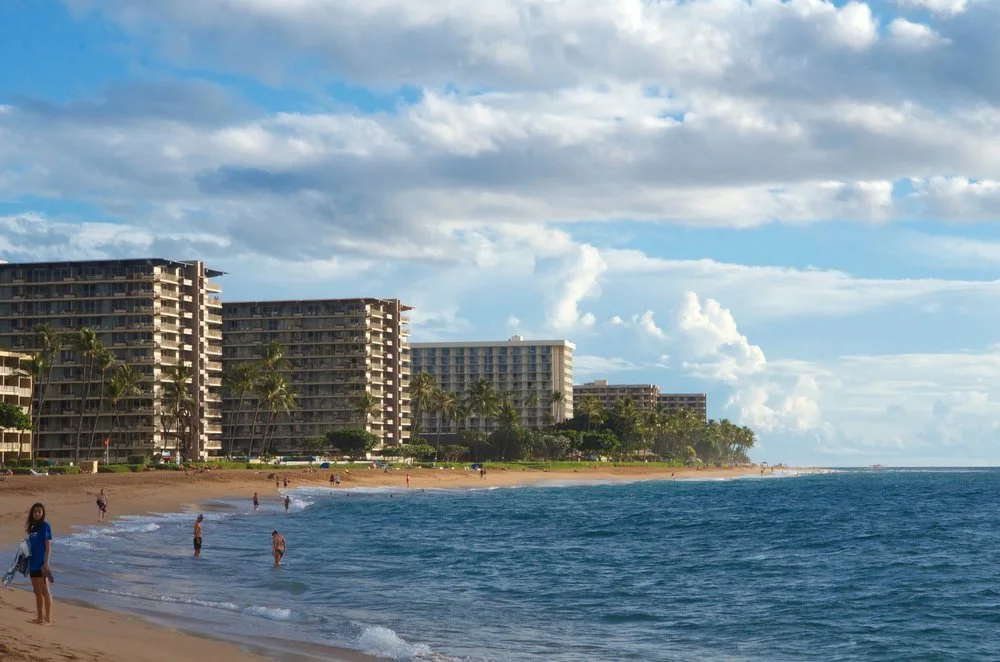




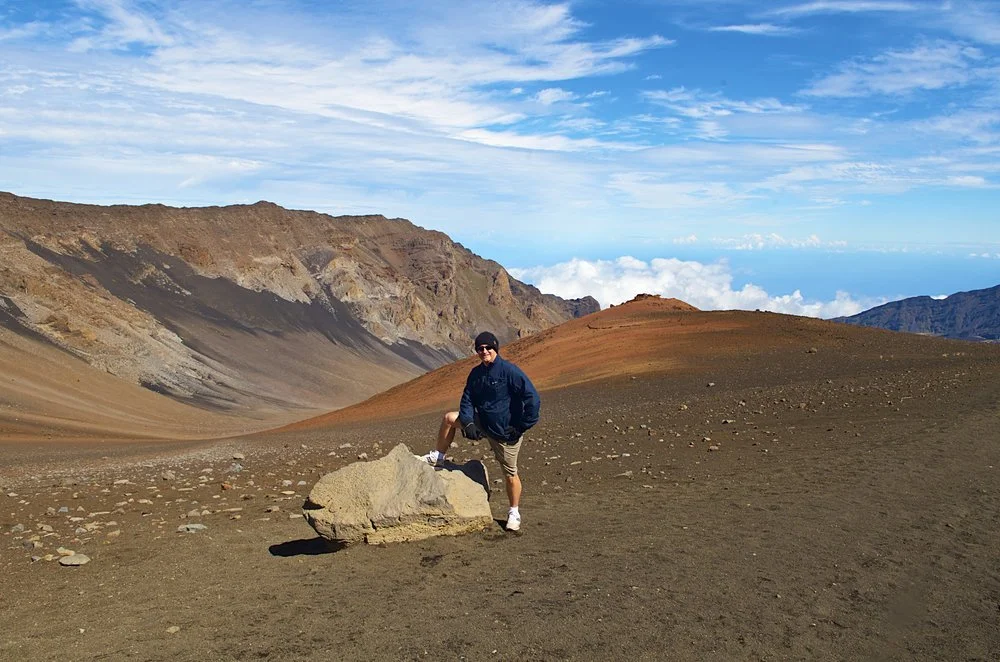









Sources: wikipedia.org, mapmaui2.org, Ali'i resorts. mauiaccommodations.com, Hawaii-Guide.comNo copyright infringement is intended on this website by travelwildnow.com



